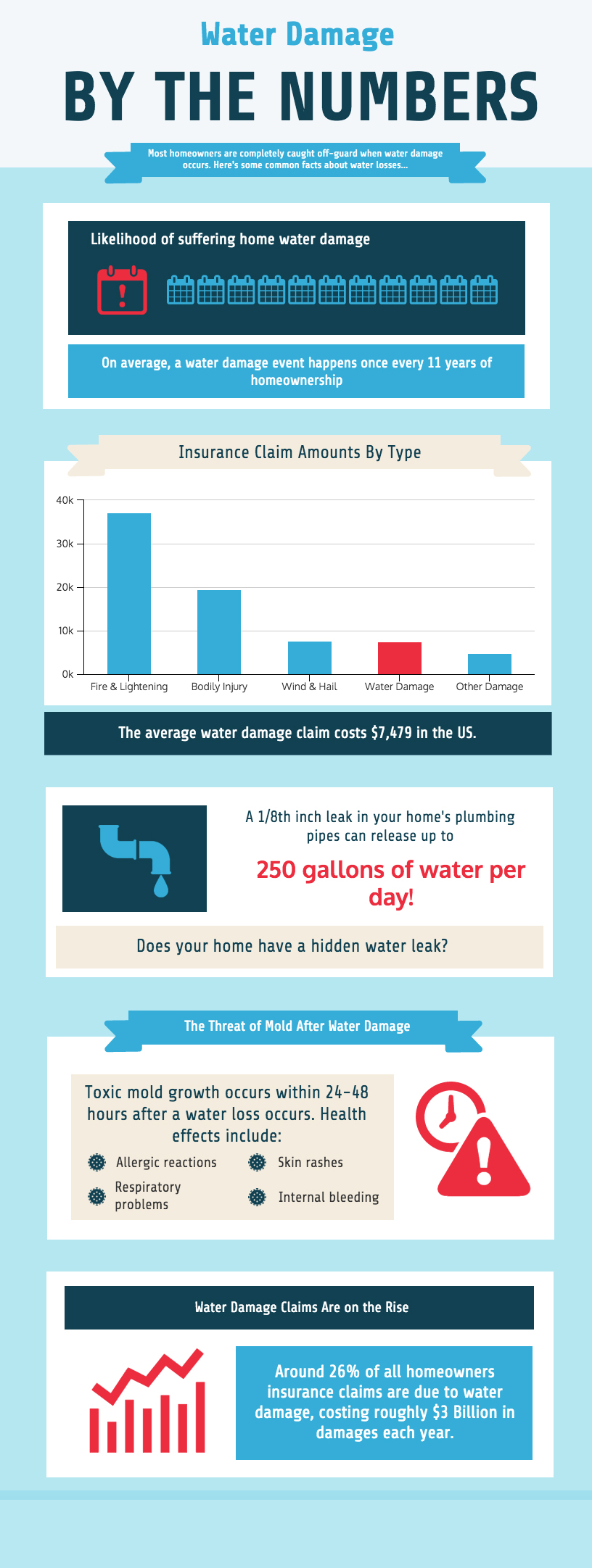Comparing Photovoltaic Panel Types: Selecting The Ideal Remedy For Your Home
Comparing Photovoltaic Panel Types: Selecting The Ideal Remedy For Your Home
Blog Article
Produced By-Martin Marquez
When it comes to picking the appropriate photovoltaic panels for your home, the selections can be frustrating. Each kind supplies unique advantages and trade-offs, making it crucial to establish which factors line up best with your objectives. Whether your emphasis is on efficiency, cost-effectiveness, or appearances, there's a solar panel kind that can satisfy your demands. So, prior to solar screen installation near me decide, take into consideration the essential facets that will impact your solar energy system's efficiency and viability for your home.
Monocrystalline Solar Panels
When considering solar panels, you may stumble upon monocrystalline photovoltaic panels. These panels are recognized for their high performance rates due to their construction from a single continuous crystal structure. This layout allows monocrystalline panels to carry out better in low light conditions contrasted to various other sorts of solar panels. Additionally, their smooth black look makes them a preferred selection for domestic setups, blending in seamlessly with many rooftops.
One crucial advantage of monocrystalline photovoltaic panels is their space effectiveness. They require much less space to generate the same quantity of electrical energy as other solar panel types, making them optimal for homes with restricted roof covering space.
While monocrystalline panels have a tendency to be more expensive ahead of time, their long-term sturdiness and effectiveness commonly make them an economical investment in the realm of solar power. If you focus on performance and appearances in your photovoltaic panel selection, monocrystalline panels could be the ideal selection for your home.
Polycrystalline Solar Panels
Polycrystalline solar panels, additionally called multicrystalline photovoltaic panels, use a different option to monocrystalline panels. These panels are made from silicon crystals that are thawed with each other, producing a much less consistent look compared to monocrystalline panels.
One of the vital advantages of polycrystalline panels is their reduced production expense, making them a much more economical choice for homeowners seeking to invest in solar power.
While polycrystalline panels might have a slightly lower efficiency rate contrasted to monocrystalline panels, they still use a trusted and economical means to create solar power for your home. These panels carry out well in heats and are a resilient choice for a selection of environments.
If you have a larger roof area and are looking to maximize your energy production without breaking the financial institution, polycrystalline panels could be the best option for you.
When taking into consideration solar panel options for your home, it's important to weigh the cost-effectiveness and efficiency of polycrystalline panels versus your power requirements and budget plan restraints.
Thin-Film Solar Panels
Moving on to Thin-Film Solar Panels, these panels provide a distinct choice to traditional silicon-based options like polycrystalline panels. Thin-film panels are lightweight and adaptable, making them much easier to set up on numerous surfaces like rounded rooftops or walls. They're additionally a lot more visually pleasing, blending in effortlessly with the architecture of your home.
Nonetheless, it's important to note that thin-film panels usually have reduced effectiveness prices compared to crystalline silicon panels. This means you may need even more space to produce the same amount of electrical energy.
On average solar panel installation cost lining, thin-film panels carry out much better in low-light problems and have a reduced temperature level coefficient, suggesting they can create even more energy on warm days. If how are passive and active solar energy systems different have ample area and are seeking a versatile and visually attractive solar panel alternative, thin-film panels could be an excellent option for your home.
Final thought
To conclude, when selecting the best photovoltaic panel type for your home, consider your power needs, budget plan, and room constraints. Monocrystalline panels offer high effectiveness in limited area, while polycrystalline panels offer an affordable alternative with dependable efficiency. Thin- https://www.nyserda.ny.gov/About/Newsroom/2022-Announcements/2022-10-17-NYSERDA-and-National-Grid-Announce-Round-1-Results supply flexibility and visual allure yet might have reduced effectiveness rates. By considering these aspects, you can pick the solar panel type that ideal fits your specific needs.
